Ten Years On: Toronto 2015’s Lasting Impact on Canadian Paralympic Sport
Many Paris 2024 stars got first Games taste a decade ago
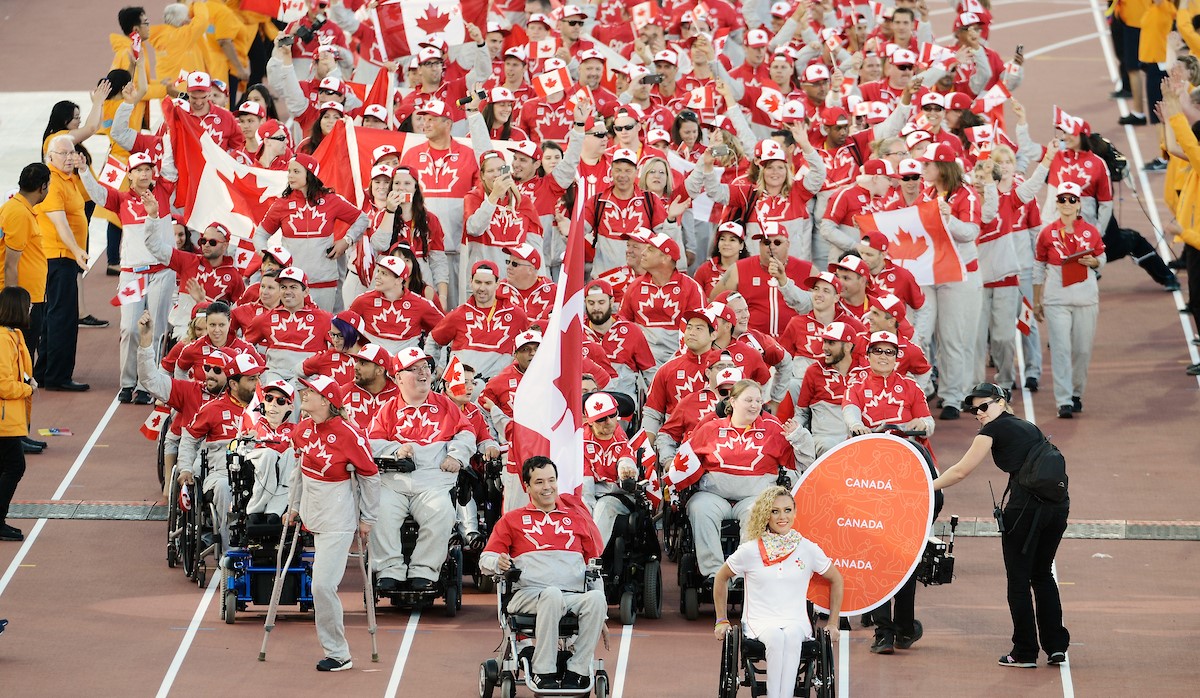
The first time Canadian boccia player Alison Levine and Para judoka Priscilla Gagné represented Canada at a major Games was 10 years ago at the Parapan American Games in Toronto.
Since then, they have been to three Paralympic Games each, been ranked number-one in the world, and earned world championship medals. In addition, the spotlight of the home Games also inspired them to become advocates for Para sport and people with a disability.
Levine and Gagné are just two examples of the Canadian crop at those Games which would launch international careers that still resonate to this day.
In fact, the 126-member 2024 Canadian Paralympic Team was comprised of 38 Toronto alumni. A decade may not seem like a long time in most endeavours, but in high performance sports, a career that spans that long is a major achievement.
‘’I can’t believe those Games were 10 years ago,’’ Levine told CPC last week. “It feels like decades ago as well as just like yesterday. I have nothing but amazing memories from those Games.”
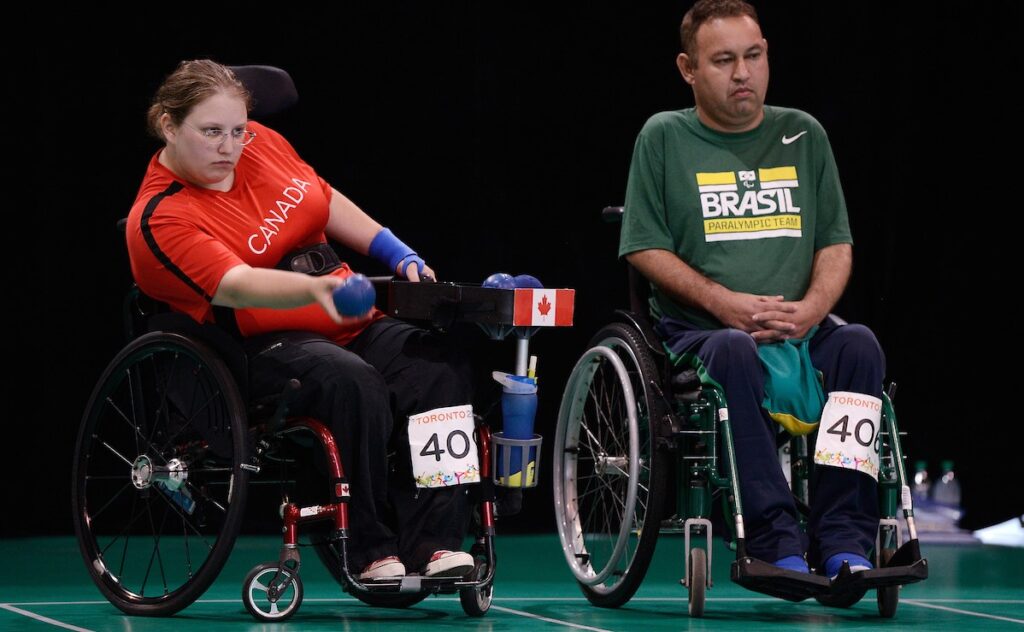
With the Games on home soil in 2015, the visually impaired Gagné remembers the presence of her family and friends as much as her silver medal in the women’s 52 kilos. She would go on to be Canada’s flag bearer at Tokyo 2020, where she won Paralympic silver.
‘’This was the only competition my brother and his family have ever been able to attend,’’ Gagné told CPC about Toronto 2015. “I can’t believe it’s been 10 years. Having my parents, brother and sister-in-law with their kids and a surprise visit from my high school wrestling coach was very moving. I was so touched. He drove from Brantford to see us compete.”

The fifth Parapan Am Games were held August 7 to 15, 2015, and was the last time Canada’s top Para athletes experienced a Games on home soil. Four-time Paralympian Elisabeth Walker-Young was Canada’s Chef de Mission.
Those Games hosted 1,615 athletes from 28 countries. They competed in 15 sports totaling 445 events. Governor General David Johnston officially opened the Games and wheelchair racing legend Chantal Petitclerc lit the cauldron.
The Opening Ceremony was held to a packed house at York Lions Stadium and a unique Closing Ceremony was celebrated at Nathan Phillips Square in downtown Toronto.
It was the first time Canada hosted the Parapan Ams, and the second time Toronto hosted a major Games in Para sport. In 1976, Toronto hosted the then-known as the Torontolympiad – 1976 Olympiad for the Physically Disabled which are now officially called, of course, the Paralympic Games.
The Canadian team in Toronto produced a brilliant performance with 168 medals (50 gold, 63 silver and 55 bronze), to finish ahead of the U.S. for second overall. Brazil topped the medal standings.
Canadian Para swimming star Aurélie Rivard, at only her second major Games and 19 at the time, led all Canadian athletes with five medals (four gold and one silver) while her teammate in the pool Katarina Roxon added four.
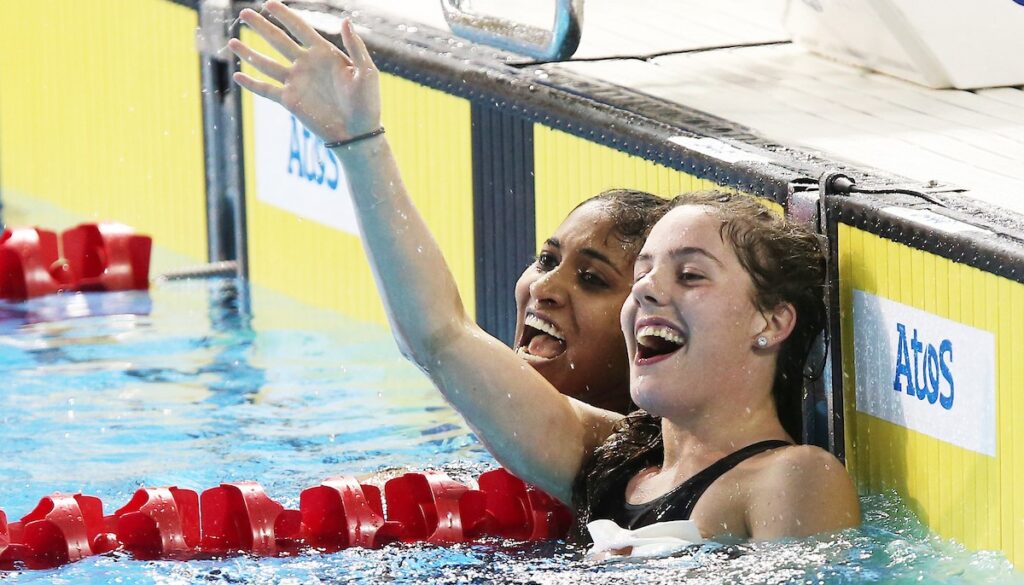
Also on that swim team that competed in Paris last year were Alec Elliot, Nicolas-Guy Turbide, Sabrina Duchesne, Tess Routliffe and Abi Tripp.
Two 2015 team members competed in different sports in Paris. Nathan Clement took bronze in the 50-metre butterfly in Toronto and in 2024 was a Paralympic Games silver medallist in Para cycling.
Yuka Chokyu competed in wheelchair tennis in 2015 and was on the Para badminton courts at Paris 2024.
The women’s sitting volleyball team that won a historic bronze in Paris last summer started to take shape in Toronto, with five members competing at both Games: Felicia Voss-Shafiq, Anne Fergusson, Heidi Peters, Jolan Wong and Katelyn Wright helped Canada to bronze in Toronto as well.
Canada won the gold medal in wheelchair rugby at Toronto 2015 led by 21-year-old Zak Madell to qualify for the Rio Games. He was one of seven members that would land in Paris nine years later. The others were Cody Caldwell, Patrice Dagenais, Byron Green, Trevor Hirschfield, Travis Murao and Mike Whitehead.
‘’We never had a crowd on our side like that ever before or since,’’ Madell told the Para Sport Nation podcast. ‘’That’s a really important memory I’ll always treasure.’’
Madell was named the flag bearer for the Toronto 2015 Closing Ceremony.
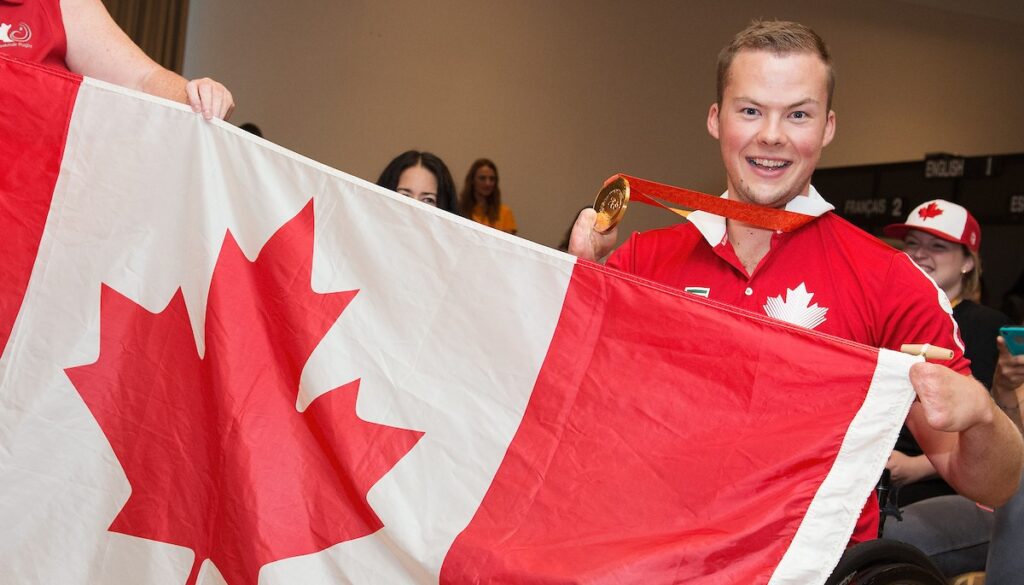
Toronto 2015 was also a successful Games for both the men’s and women’s wheelchair basketball teams. They both won silver in Toronto and were fourth at Paris 2024.
Those teams combined for 10 Toronto alumni. For the men: Nik Goncin, Bo Hedges, Vincent Dallaire, Chad Jassman, Jonathan Vermette and Tyler Miller. For the women: Rosalie Lalonde, Arinn Young, Cindy Ouellet and Melanie Hawtin.
Other alumni from Toronto 2015 on the Paris team were Brent Lakatos, Guillaume Ouellet and Renee Foessel in Para athletics, Charles Moreau and Mike Sametz in Para cycling, and Whitney Bogart in women’s goalball.
Levine took silver in the BC4 boccia pairs competition with Marco Dispaltro and Caroline Vietnieks. She was only in her second year with the national team.
‘’Toronto for me was the first time I truly felt like an athlete and believed in my potential in boccia,” she said. ‘’I was part of Team Canada. Rolling into the stadium behind Marco as our flag bearer, with my service dog is one of those memories that haven’t faded in the slightest even over a decade.’’
The Toronto Games left an incredible legacy with the biggest investment being the multi-purpose facility Toronto Pan Am Sports Centre, which is also home to Canadian Sport Institute Ontario. Today the venue still hosts major competitions and is a training base for many Paralympians.

It is home to Wheelchair Basketball Canada’s National Academy where four-time Paralympian Tamara Steeves trains.
“It means a lot for us to have this facility,’’ Steeves told the Canadian Olympic Committee. ‘’We train here every day. It’s not just a great basketball court. There’s a weight room, a treadmill for us to work on our fitness and everything that we need to be the best we can be.”
With hundreds of people using the facilities every day, which also includes an Olympic-size pool, Para athletes get an opportunity to show off their skills.
“It is just great that we can get the word out to non-disabled people about our sport,’’ added Steeves. ‘’People walking around the track see us playing wheelchair basketball and they’re like, ‘Oh, you guys are so amazing’.”
Levine sometimes wishes she could bottle that special feeling she had in Toronto 10 years ago.
‘’Looking back it seems like it was such simpler times, when there weren’t any big expectations, a time when it was truly just about the joy of sport,’’ she recalled. ‘’Thinking back about how I felt during the Toronto 2015 makes me realize that that’s what I need to remember and think of every time I enter the court.
‘’Remember and feel the joy.’’
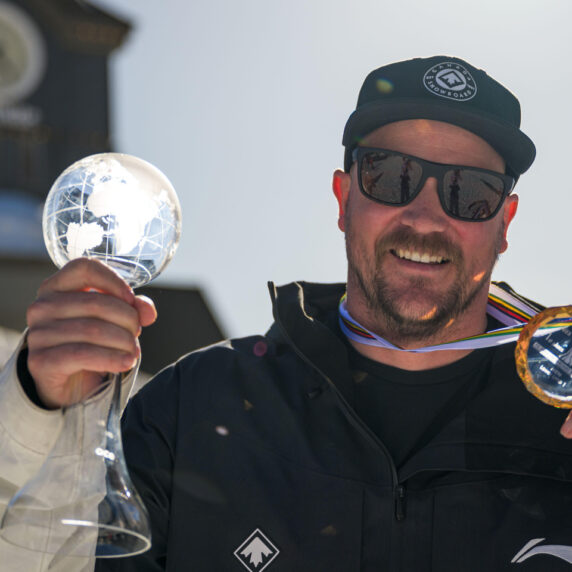
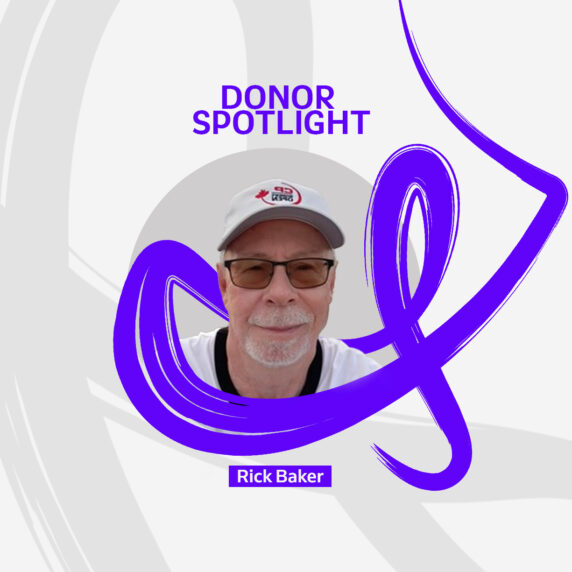

"*" indicates required fields
"*" indicates required fields